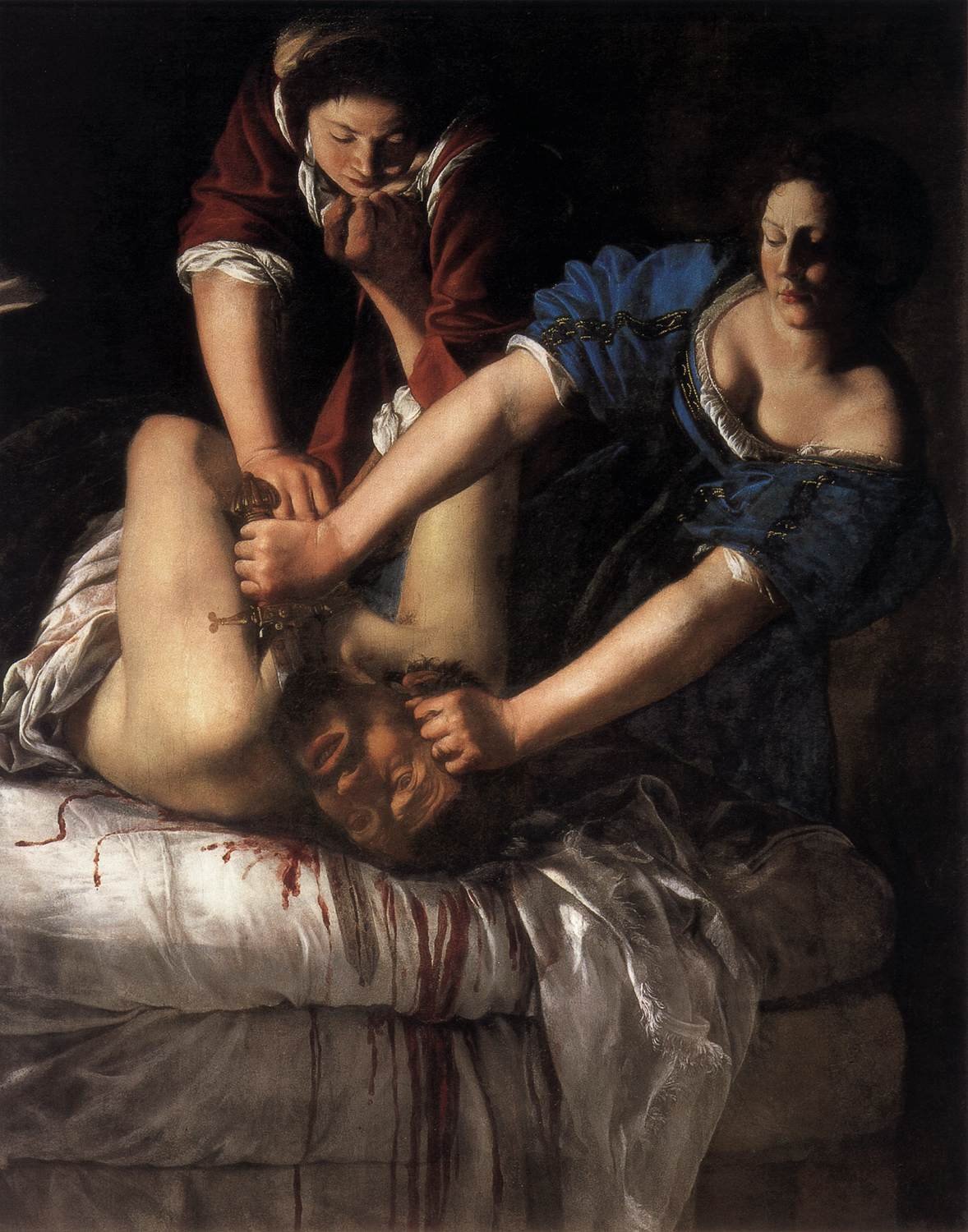“Outside In
Alice Momm artfully gleans Glen Echo Park, and contributors to group shows at Studio Gallery and Hamiltonian Artworks glean rusted metal and dried clay
MARCH 10, 2025
Joan Mayfield, Splay (Courtesy of Studio Gallery)
ASSEMBLAGES ASPIRE TO THE CHARACTER OF PAINTINGS in the work of four of the six contributors to "Lost and Found," a Studio Gallery group show curated by the Athenaeum's Veronica Szalus. The exhibition's statement invokes Marcel Duchamp, but these artists don't enshrine a single found object. Instead, they jumble and jangle multiple things.
Jennifer Duncan's mostly abstract collages are made of found and painted paper, often with drawn tree or leaf forms amid the dotted, dashed, and capillary-like patterns. Pam Frederick's photo-collages feature curling graffiti tags, cut and partly twisted; the artist also offers two 3D constructions made mostly of painted wood, although one centers on a steel painter's palette.
Doug Fuller clusters primarily metal pieces, often gnarled, sometimes flattened, and occasionally rusted. These found items are mounted on panels that are painted a single color, thus underlying the haphazard assemblages with pop-art tidiness. Such industrial metal artifacts as a spring, a crank, and an antique light switch are framed by worn wood in Joan Mayfield's constructions, whose methodical layouts are offset by the frayed materials. The artist plays with the idea of the picture frame, recessing objects into boxes. In "Splay," she projects three curved tubes -- browned metal pipes that look like tree branches -- from within a wooden rectangle painted a faded green. These battered components combine, improbably, to suggest vitality and even rebirth.
Bright color is the show's other motif, linking the 3D pieces to the work of photographer Bob Burgess and painter Al Lipton. The latter's gestural abstractions are mostly in prime colors, underscored by black, but it's yellow that breaks the picture plane. Thick gobs of that color, arranged in roughly parallel lines, both divide and unify the compositions.
Burgess's photos are the only works that are entirely flat and fully representational. Yet they're keyed more to color and shape than to narrative. A white doorknob protrudes from a red door that's bordered by a yellow wall, an arrangement that resembles an accidental flag. A red inflatable raft rests criss-cross atop a green one, which floats on mottled-blue pool water. Such meticulous compositions might denote the show's most minimalist entries, if only their hues weren't so voluptuous. In Burgess's pictures, color itself appears to splash beyond the surface.”
Review by Mark Jenkins, DisCerning Eye, March 2025. Thank you!













